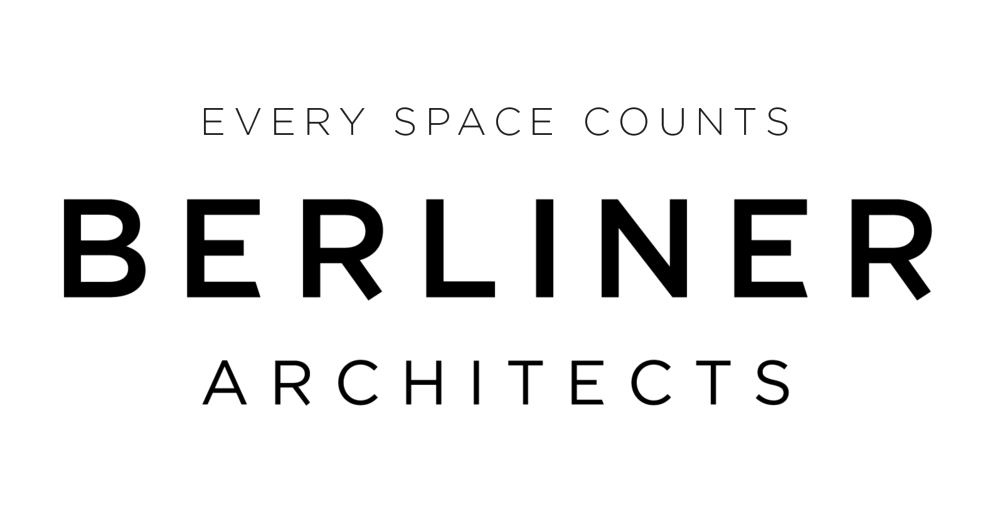Rendering of the New Stella Middle Charter Academy
The Classroom of the Future: Creating Safe Spaces for Learning in the Aftermath of COVID-19
Committee on Architecture for Education Competition in collaboration with AIA San Francisco
Project Proposal: Learning Everywhere 1st Place Award
Team Members:
Richard Berliner, AIA, NCARB, LEED AP, ALEP
Kai Telless
Eric Rutgers, AIA, NCARB
Miguel Lamas
Tannaz Mohtasebi
Ian Fitzpatrick
Learning Everywhere:
A Mobile Strategy for Pedagogy at School, at Home, on Field Trips, and in Transit
Concept
To create a new COVID-influenced paradigm where learning happens safely in diverse places, we propose a flexible and resilient system of dispersed learning sites: at home, in transit, at resource sites around the city, and at a Central School Park—a park-like setting with ample outdoor learning environments paired with essential indoor facilities, all shared with the surrounding community. Learning locations vary depending on needs, such as health and safety, curricula, and pedagogy.
Learning Everywhere is the natural progression of the shift from lecture-based classroom instruction to an individualized, project-based pedagogy, taking advantage of new technologies that enable remote and individualized learning everywhere. Our design concept envisions what learning will look like at home, in transit from and to home, at resource sites such as museums and natural wonders, and at the Central School Park. These key learning environments are integrated together during the school day, for both the individual student and the classroom Pod of 24 students, which stays together throughout the day and travel from home and to learning locations via The Magic Classroom Bus that converts to a classroom which is led by their teacher. This approach minimizes exposure to germs and facilitates tracking should students or teachers contract viruses.
1st Floor Plan
“Learning Everywhere” happens when students and Pods are centrally scheduled to optimize individual and group learning at a variety learning places
· At home, where focused individual learning is remotely supported with one-on-one teacher interaction.
· On The Magic Classroom Bus in 24-student Pods led by the teacher, both in motion and when the bus is parked and expanded.
· Around the city at learning places of special interest and subject support.
· Together at the Central School Park in a variety of outdoor learning environments with essential facilities.
Learning at Home
Learning from home is and always will be a key place of study and growth. With the evolution and growth of conferencing technology, learning from home is focused on watching lecture content and working independently where continuous interaction is not necessary. The use of remote communication technologies is limited to one-on-one interactions between students and teachers and scheduling communications.
Learning on the Magic Classroom Bus
The electric vehicle (EV) bus has solar panels on top, providing additional power for classroom flexibility when away from power sources. The bus opens to expand classroom space and maximize fresh air and circulation. Each bus seats 24 students, a Pod classroom size, and allows for better contact tracing of any germ exposure. One of the greatest advantages of the Magic Classroom Bus is its flexibility to travel to different locations, expanding students’ learning both geographically and physically via a slide-out classroom space.
Learning Around the City
The school day varies between the Central School Park and a variety of area sites, including museums, libraries, concert halls, beaches, parks, and other locations that enrich the school curriculum. Many of these sites are currently closed to the public during the pandemic but could safely be used by schools in small groups. The attached sample bus schedule would be in place during a rise in virus cases. For low density, each classroom of 24 kids is at a different location, allowing for the ultimate system of Pods to keep students, families, and the greater community safe while still allowing education in group settings to continue.
Learning at Central School Park
Central School Park is the home base for the buses and school community. The site and building are optimized for learning and double as recreational/gathering spaces for the whole school as well as the surrounding community. At the ground level, the Central School Park incorporates a variety of organic green spaces that function as outdoor classrooms. The goal is to have the Magic School Buses congregate around these green spaces to create smaller communities of students, creating a more interactive learning environment. At the second level of the central campus, teaching walls, outdoor amphitheaters, and seating allow the school community to utilize the space freely, meeting multiple needs with the flexibility to adapt the space depending on program. The top level of the campus opens to the sky and its surroundings to allow for natural ventilation and light throughout the building. A variety of landscape and seating areas is placed strategically throughout this level to provide the user with a unique experience of a park floating in the air. The design intention was to provide a safer, biophilic space in the aftermath of COVID. It provides well ventilated flexible spaces, an indoor-outdoor connection, the ability to adapt to different scenarios, and the importance to be environmentally friendly by incorporating different sustainability elements into both the bus and the building.
Learning Everywhere is a system of spaces, movement, and scheduling that provides a flexible and dynamic 21st century learning environment that is safe and supports wellness—regardless of the ever-changing environmental and social challenges we are now encountering as a society.






